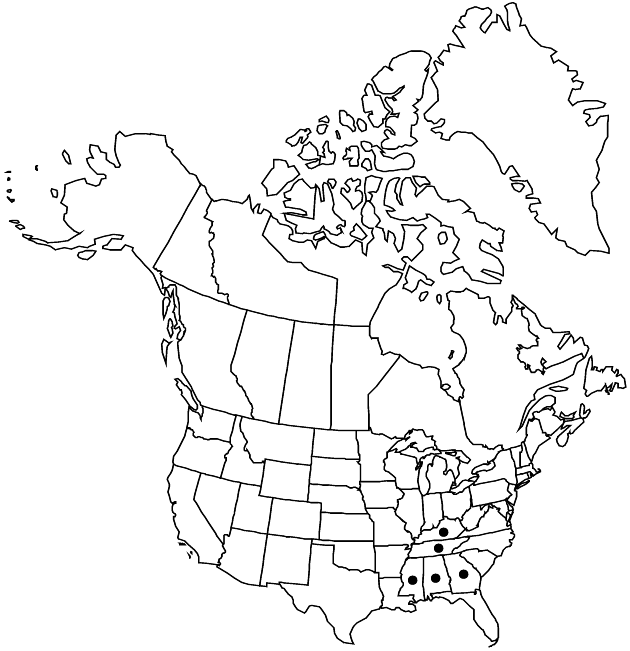Difference between revisions of "Astranthium integrifolium"
Trans. Amer. Philos. Soc., n. s. 7: 312. 1840.
Common names: Eastern western-daisy
Endemic
Basionym: Bellis integrifolia Michaux Fl. Bor.-Amer. 2: 131. 1803
FNA>Volume Importer |
imported>Volume Importer |
||
| (5 intermediate revisions by 2 users not shown) | |||
| Line 8: | Line 8: | ||
}} | }} | ||
|common_names=Eastern western-daisy | |common_names=Eastern western-daisy | ||
| − | |basionyms={{Treatment/ID/ | + | |special_status={{Treatment/ID/Special_status |
| + | |code=E | ||
| + | |label=Endemic | ||
| + | }} | ||
| + | |basionyms={{Treatment/ID/Basionym | ||
|name=Bellis integrifolia | |name=Bellis integrifolia | ||
|authority=Michaux | |authority=Michaux | ||
| + | |rank=species | ||
| + | |publication_title=Fl. Bor.-Amer. | ||
| + | |publication_place=2: 131. 1803 | ||
}} | }} | ||
|synonyms= | |synonyms= | ||
| Line 38: | Line 45: | ||
-->{{#Taxon: | -->{{#Taxon: | ||
name=Astranthium integrifolium | name=Astranthium integrifolium | ||
| − | |||
|authority=(Michaux) Nuttall | |authority=(Michaux) Nuttall | ||
|rank=species | |rank=species | ||
| Line 52: | Line 58: | ||
|publication title=Trans. Amer. Philos. Soc., n. s. | |publication title=Trans. Amer. Philos. Soc., n. s. | ||
|publication year=1840 | |publication year=1840 | ||
| − | |special status= | + | |special status=Endemic |
| − | |source xml=https:// | + | |source xml=https://bitbucket.org/aafc-mbb/fna-data-curation/src/2e0870ddd59836b60bcf96646a41e87ea5a5943a/coarse_grained_fna_xml/V19-20-21/V20_452.xml |
|tribe=Asteraceae tribe Astereae | |tribe=Asteraceae tribe Astereae | ||
|genus=Astranthium | |genus=Astranthium | ||
Latest revision as of 20:03, 5 November 2020
Annuals (biennials?), usually fibrous-rooted. Stems usually 1, erect to decumbent-ascending. Leaves: basal and proximal cauline 30–60 × 7–22 mm. Involucres 3.5–6 mm. Ray florets (8–)16–26; corolla laminae white, occasionally drying with bluish midstripe abaxially, (6–)8–17 mm. Disc floret corollas 2.5–3.7 mm. Cypselae (1.4–)1.6–2(–2.2) × 0.9–1.1 mm, faces minutely papillate-pebbly, linear striations barely discernible, usually glabrous, sometimes sparsely glochidiate-hairy distally. 2n = 8.
Phenology: Flowering Apr–Jun(–Jul).
Habitat: Rocky (limestone) banks and ridges, alluvial fields, stream banks and terraces, open juniper woods, glades, roadsides
Elevation: 50–300 m
Distribution

Ala., Ga., Ky., Miss., Tenn.
Discussion
Selected References
Lower Taxa
None.